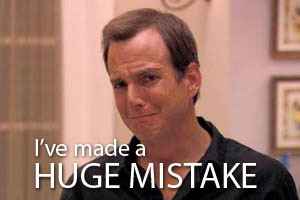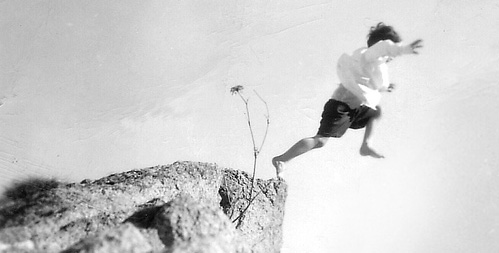I dropped out of college twice. I used to say it was to make it count.
Where I stand on education is complicated. I did what was best for me and my career, and it’s by no means the right answer for people in different positions.
My decision to drop out was based on a number of factors.
First, I’m not a scholar. I always despised homework my D in high school Trigonometry was due to scoring the highest in my class on tests while not turning in any homework assignments. In high school Algebra and Algebra II, I was constantly scorned for not showing my work (or enough work). Where we clashed was that I valued the result and they valued the process. If I understand something, it feels like a waste of time to walk through elementary steps over and over. My educational career was doomed.
While in high school, I got a computer. It sucked me in. I didn’t go to parties. Instead I was at home, on the computer, learning. With a strong background in logic and math growing up, I was well suited to do visual programming. Code-driven animation, interaction, complex effects, physics, video games, etc. I taught myself Flash, with the help of online tutorials and forums.
I decided to get a degree that would help ready me for a career in video games or special effects in video.
Here’s where I lucked out. Because I had become proficient with Flash, I could jump into a lucrative field that flexed similar brain muscles: interactive web development. I had no experience and no degree, but I had years of code samples. I sent my experiments to a local interactive advertising agency, and they decided to give me a shot. They put me on a project that they could assign to someone else if I couldn’t pull my weight. My first commercial software development project? A co-branded microsite for Mazda & Quiksilver.
People who had the degree I had yet to earn would be lucky to land a job like that. The piece of paper doesn’t mean much in some circumstances. Instead, where I was also very fortunate, I was good at something visual. I could *show* my abilities. Then, once I started lining my portfolio with major brands, I realized I had a stronger job-seeking arsenal than any degree could provide.
It was quite a profound realization to have at the age of nineteen.



